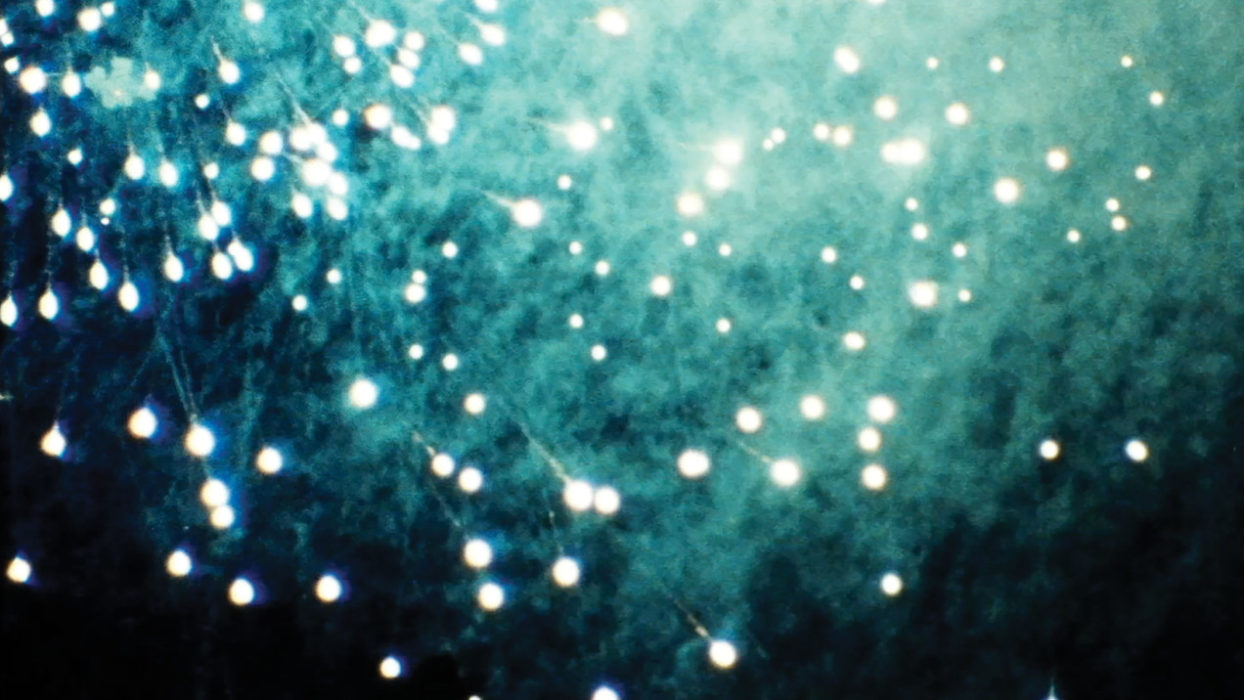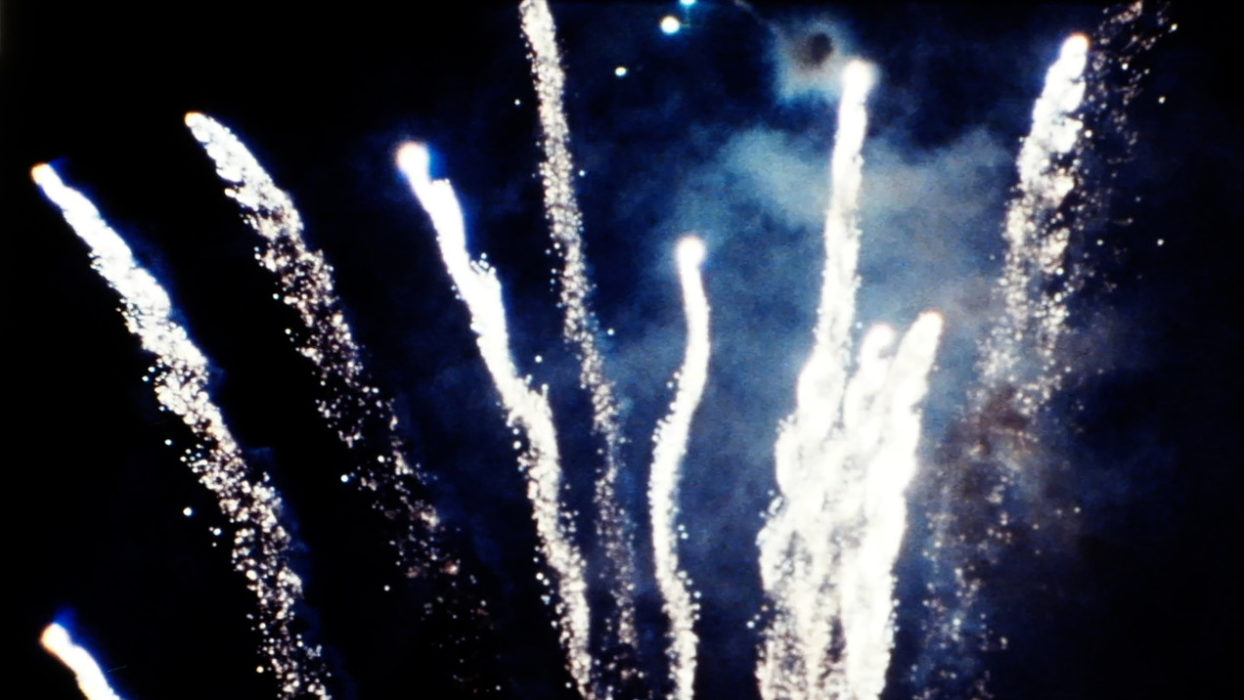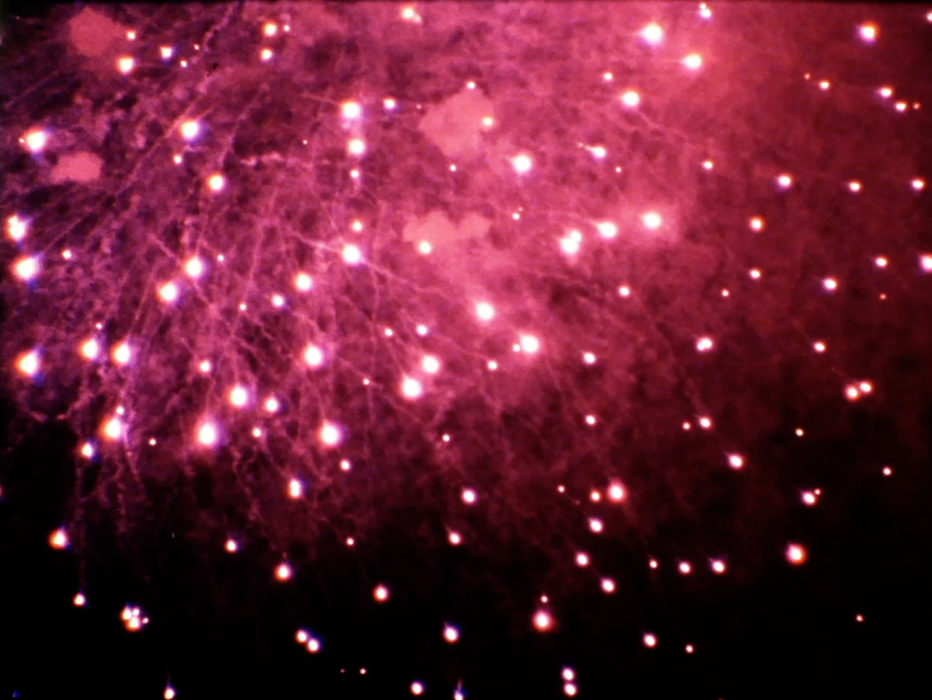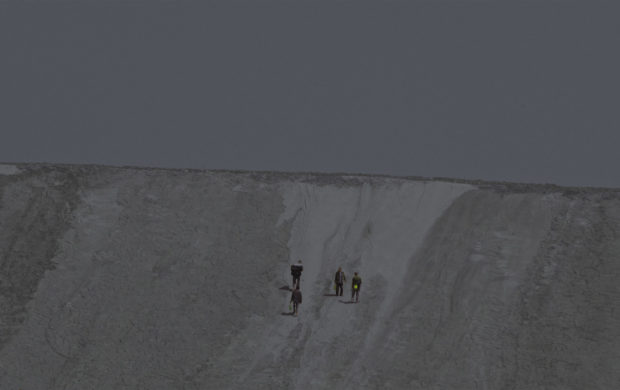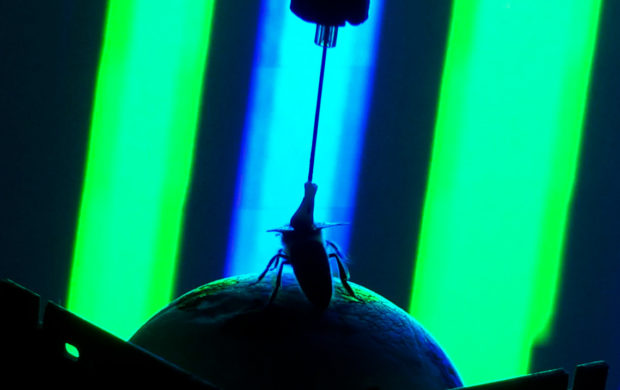Light, Noise, Smoke, and Light, Noise, Smoke
The alternation of the shots of fireworks filmed at a summer festival in Japan, producing a distinctive yet organic rhythm, as well as a gap between the visual and sound, both of which are produced by the photographic images on the 16mm filmstrip.
Theodor W. Adorno didn’t like cinema, but he loved fireworks. He considered them to be a model for art—pure apparition, perfectly gratuitous and transient—and an antithesis to the industrial medium of film. Light, Noise, Smoke… zeroes in on these apparitions, these geometric expenditures in the dark which bear a certain kinship to films. The first point is to record what is happening. Namely: light, noise, smoke, and light again… as the title puts it. But like in Tomonari Nishikawa’s previous films, this archiving calls for a visual transformation, in this case a mild one (the explosions/apparitions retain their colours and tempo), carefully limited to the editing. Rather than an attempt at outshining the anonymous aesthetic genius of fireworks, Light, Noise, Smoke… combines the system of fireworks with the resources of film, moulding them into a foreign time: a frenzied pace that robs them of their power of suspension, and changes their very pulse. By cutting into the trajectory of each rocket, of each streak of light, the film turns fireworks into continuous bursts, manifesting the industry’s revenge on the ephemeral art, as well as the perfect fusion between two ways of painting with light emerging a few centuries apart.
Jérôme Momcilovic
Tomonari Nishikawa’s films explore the idea of documenting a scene in the public space through a chosen medium and techniques, while his performances focus on the process of producing a visual/sound phenomenon using analog devices, such as 16mm and slide projectors. Nishikawa currently teaches in the Cinema Department at Binghamton University.
